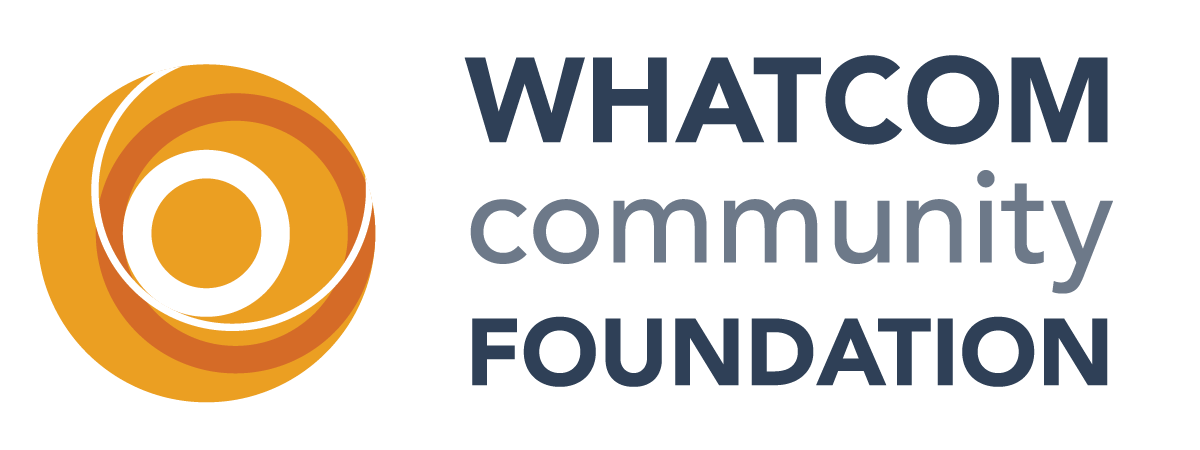
2024 THRIVE | Ready, Set, Prepare … it’s National Preparedness Month!
Hello neighbors,
There are a few people in my life that I would describe as “the kind of person you want around in an emergency.” They are level-headed, take-charge type people who lead with compassion, humility and courage. They know how to do things and if they run into something they don’t, they MacGyver. They delegate, they decide, they keep moving, offering a reassuring sense of control amid commotion.
Most of you could probably name someone like this in your circle – a relative, a friend, a neighbor. How can each of us come closer to being like them? What if we could capture these qualities on a community level? We’re learning alongside you to see how this might be possible. Step one: read on, decide what action(s) you can take and start learning and practicing.
Let’s get ready!

Mauri Ingram,
President & CEO
COMMUNITY CHALLENGE
Disaster Preparedness & Community Resilience
Community preparedness comprises several key components, including enhancing systems (e.g. transportation, energy, water and communication networks), fostering community readiness, understanding population vulnerability and improving response strategies.
The better we do with the first three, the lighter the load of the last.
Still, it is easy to put off risk reduction efforts like these when we face so many urgent, or simply more immediate, challenges. (See: fentanyl, homelessness, food insecurity.) Of course, if (when) disaster strikes, the urgent problems worsen even as new ones arise, and we wonder why we didn’t do more to get ready.
It’s not just will. Resilience and preparedness are of course, a matter of money and time. It is costly to shore up both hard and soft infrastructure: to make seismic upgrades to old buildings, develop early warning systems, promote and provide widespread community training or establish backup utilities. Most of these investments take years to bear fruit. And then there’s maybe the most critical piece of all: leadership, coordination and communication before, during, and after a crisis.
Preparedness is not a “someday” fixed moment in time, it’s a deliberate, complicated and ongoing process.
Our community is better prepared than we were four years ago, thanks to the experience that a global pandemic, a major flood and extreme weather events brings. For example:
- The Whatcom Long Term Recovery Group (WLTRG) now exists and can be activated in response to an emergency.
- A rule change makes participation in Unified Command by local public employees mandatory (if called).
- Resilient Pt. Roberts received a grant from the department of commerce to bring solar and backup power to public buildings.
- County experts and officials have held 10 meetings in the last year with Canadian neighbors regarding the Nooksack River flood response and data coordination.
- PSE is developing strategies for conserving power during surge events (e.g. extreme weather) and testing ways to shut down the grid to prevent wildfires.
- Whatcom County Sheriff’s Office Division of Emergency Management has purchased emergency response trailers, electronic message boards, sandbagging machines, a radio simulcast system, enhanced alert and evacuation notification software, and all-weather drones.
This is progress, and we need more.
Meanwhile mounting evidence points to the importance of social ties and training when it comes to safety in a crisis. For example, we’re inspired by neighbors in the Glacier area who are keeping tabs on local wildfire threats, and also creating a plan to stockpile wood in case of winter power outages.
“Investments in social capital (neighbors helping neighbors) is just as important as investments in the built environment.”
— Jeffrey Schlegelmilch, Director of the National Center for Disaster Preparedness

WHAT WE’RE DOING
Everything the Community Foundation does – from Project Neighborly to the Millworks project – is about vision: Everyone who lives here thrives. The current work most directly linked to disaster preparedness includes:
- Participating in the WLTRG
- Fostering neighborliness: 2024 Project Neighborly grants totaled $173,000 awarded to more than 30 groups to that have great ideas about how we can all be better neighbors — key in a crisis — including emergency preparedness training to seniors in 15 senior living complexes countywide through the Ferndale Community Service Cooperative.
- Opened the Whatcom County Search and Rescue Fund to raise awareness and make it easy to support this critical, all-volunteer organization, including ensuring their new facility meets the group’s needs.
- Supported efforts to successfully lobby State legislators to create a disaster response fund.
- Preparedness Grants: WCF offered grant funding to each school district in Whatcom County in support of disaster readiness projects. The Mount Baker School District received a grant for the installation of disaster-preparedness flip charts in individual classrooms, encouraging student conversation about preparing for future crises.
HOW YOU CAN HELP
Pick any three from the list below and get started!
- Participate in a community training.
- Between now and November ask your candidates about how they will champion disaster planning.
- Meet your neighbors!
- Sign up for emergency alerts and notifications
- Follow/bookmark Whatcom Ready website and Facebook page where all updates will be posted.
- Know Your Hazards in Whatcom County, along with evacuation levels, preparation and response.
- Commit to preparing yourself/household this year, one step at a time.
- Give to the Resilience Fund, the WLTRG Fund, or the Whatcom County Search and Rescue Fund.
- Download the Watch Duty app to get real time updates on local/regional fires and smoke.
- Make sure your car has winter supplies (blanket, boots, flashlight, extra batteries, phone charger etc.).
DEEPER DIVE:
Resources:
National Center for Disaster Preparedness
Prepare in a Year (Washington State)
Bellingham Public Library
Social capital: neighbors helping neighbors
What Japan Can Teach the World About Disaster Risk Reduction
Study: Mapping framework provides a more focused way for disaster managers, scholars, and local residents to understand how communities could cope with future disasters based on levels of social ties and cohesion.
View the THRIVE Newsletter as e-mailed on 09/25/2024 HERE





No Comments